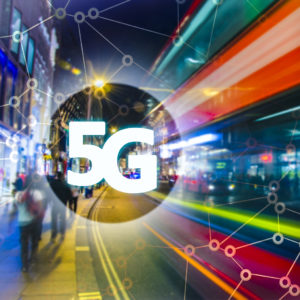In 1939, the British government saw World War II coming.
Facing the likelihood of withering air attacks and the other casualties of war, the government decided to print posters designed to both calm and motivate the populace.
Those posters consisted of an image of a crown and five simple words.
The current UK government has adopted a similar approach to developing its strategy and infrastructure for 5G and national security. After careful consideration and years of collaboration, scrutiny, and rigorous testing, the UK government decided to allow technologies from Huawei into its emerging 5G infrastructure. It did so despite direct threats from the U.S. government and others, and an attempted rebellion by opposing members of Parliament.
And by doing so, the UK has become a textbook example for the rest of the world to emulate when it comes to 5G and national security. As the South China Morning Post reported on March 2, “the UK decision could serve as a model for other European governments, including Germany, as they prepare to make similar decisions over their 5G mobile infrastructure.”
Basically, the UK government made a calm, clear-headed analysis of its current infrastructure, its plans for 5G, its security priorities, and Huawei’s solutions and track record. The UK’s Government Communications Headquarters (GCHQ), its premier intelligence and security organization, has worked with Huawei for years. The UK’s decision to allow Huawei into its networks was based on that work, the strengths of Huawei’s technologies, and confidence in its own risk assessment and mitigation abilities.
The UK government did impose significant limitations on Huawei’s participation in UK 5G networks. As The Guardian reported, the UK government designated Huawei a “high-risk” vendor and capped Huawei’s network presence to 35 percent of equipment and data traffic. In addition, Huawei is banned outright from core network elements, locations “where data is processed, and from locations such as nuclear sites and military bases.”
These limitations may have mollified the U.S. administration somewhat, but they will impose significant costs on carriers in the UK. In that same Guardian report, BT chief executive Philip Johnson “hinted” replacement of Huawei technologies could cost 500 million pounds or more over the next five years.
Huawei believes that multiple vendors help us all to build more robust and secure network infrastructures. Arbitrary caps aimed at specific vendors seem likely to be less helpful. But if that is the price Huawei must pay for the opportunity to help the UK or any other country build its future network infrastructure, so be it.
The positive prospects of a securely connected, digitally inclusive world are more than worth it.


